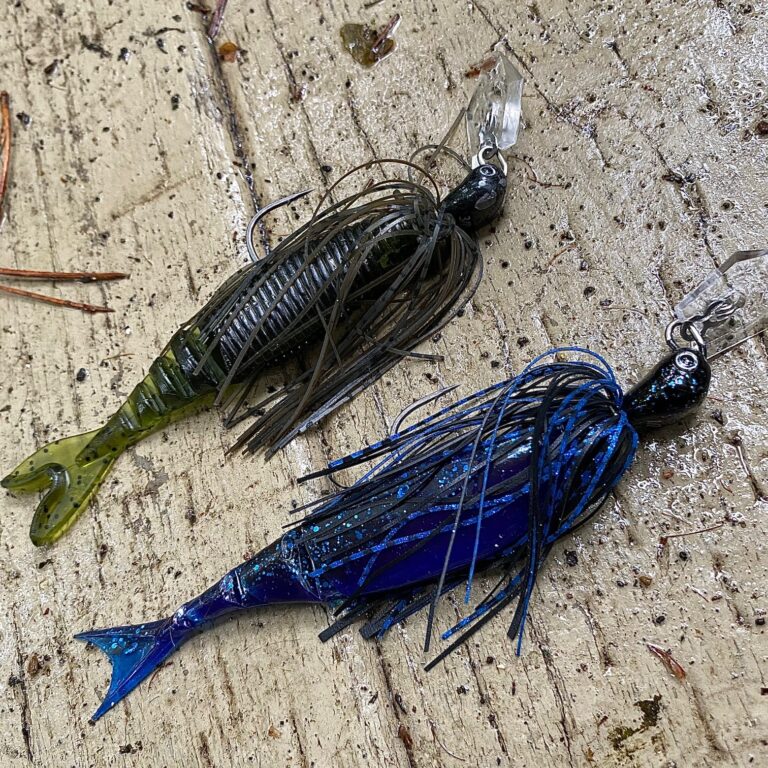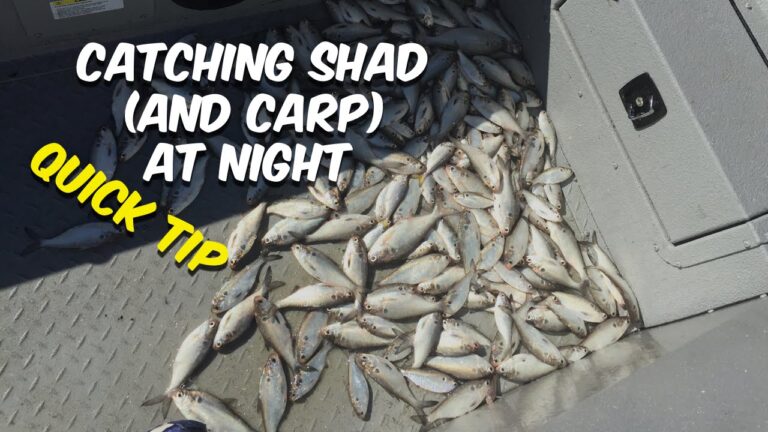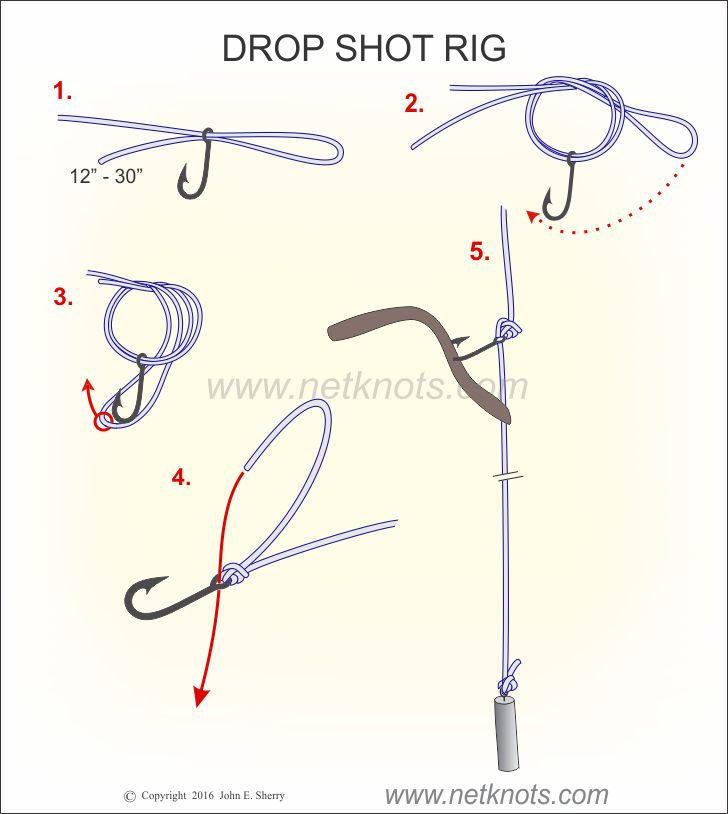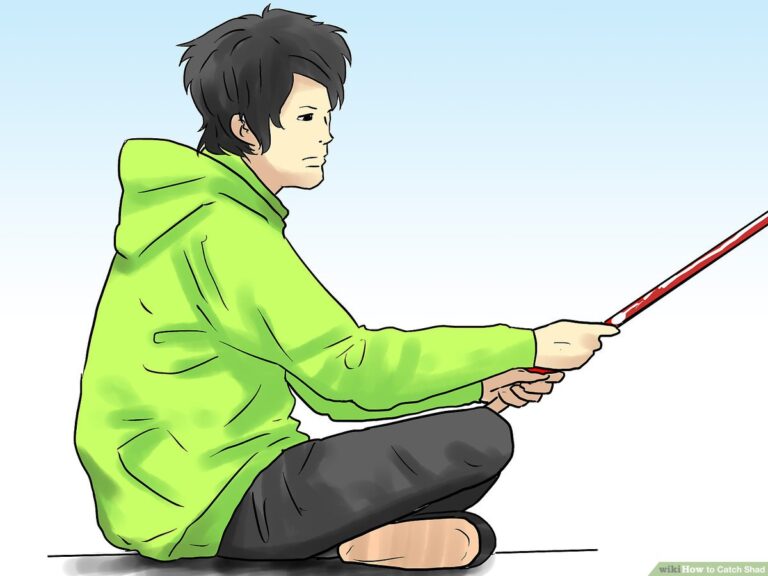How to Rig a Crankbait?
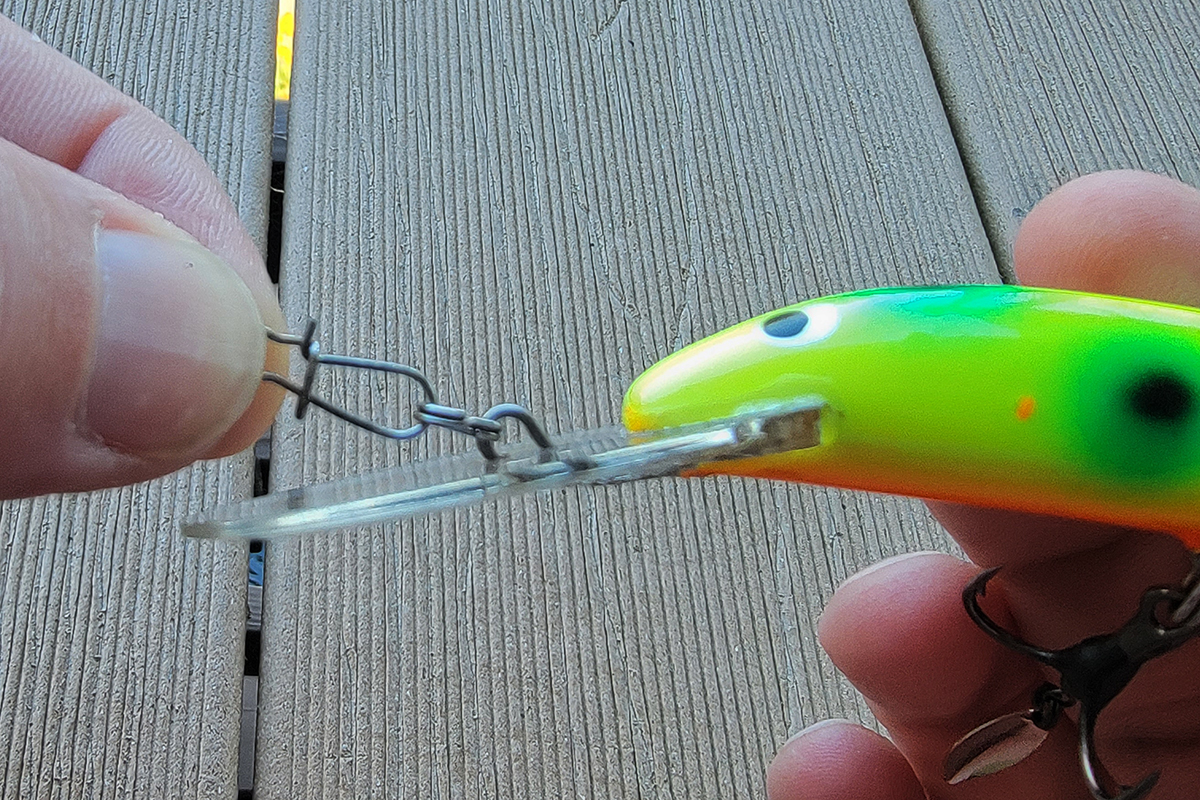
To rig a crankbait correctly, tie the main line to the split ring using your favorite knot. This ensures a secure connection between the line and the crankbait.
No need to complicate things – keep it simple and effective.
Understanding Crankbaits
Crankbaits are versatile lures designed to imitate different types of prey. They come in various types, including lipless, square bill, and deep-diving. Each type has its specific application and is designed to dive to different depths.
Using crankbaits can be beneficial due to their ability to cover large areas quickly and provoke reaction strikes from fish. They are effective for targeting various species, including bass, walleye, and pike.
When fishing with crankbaits, it’s essential to consider factors such as color and size selection, as well as tuning and rigging the lure correctly to ensure optimal performance. With the right setup and technique, crankbaits can be highly effective in enticing strikes and catching fish.
Rigging A Crankbait
When it comes to rigging a crankbait, there are a few important steps to follow.
First, you need to choose the right line for your fishing situation. A monofilament line is a common choice, as it provides good strength and flexibility.
Next, you’ll want to attach a split ring to the front of the crankbait. This allows for better movement and action in the water. Make sure to select the right size and style of hooks for your crankbait.
Finally, use a reliable knot to secure the line to the split ring and hooks. The palomar knot is a popular choice for its strength and simplicity. By following these steps, you’ll be well on your way to effectively rigging a crankbait for your next fishing adventure.
Tuning And Customizing A Crankbait
Tuning and customizing a crankbait is essential for successful fishing. Tuning your crankbait ensures that it runs straight and true in the water, mimicking the movement of real baitfish. This can be done by adjusting the internal components, such as the weight or the placement of the hooks.
There are various tools and techniques you can use for tuning a crankbait, including needle nose pliers, screwdrivers, and split rings. It’s important to experiment with different combinations to find the perfect balance for your bait.
Customizing a crankbait for specific conditions is another way to enhance its effectiveness. This can involve changing the color pattern or adding additional features like rattles or scent chambers. By customizing your crankbait, you can adapt it to match the preferences of the fish in your target area.
Remember to always test your tuned and customized crankbaits in the water before heading out for a fishing trip. This will ensure that your bait is operating at optimal performance and increase your chances of catching more fish.

Credit: www.youtube.com
Fishing Techniques With Crankbaits
Fishing with crankbaits offers versatile retrieve styles for targeting specific fish species. When it comes to different water conditions, varying the speed and depth of your retrieve can significantly affect your catch.
Slow, steady retrieves are preferable in colder water, while faster and erratic retrieves can attract aggressive strikes. To target bass in shallow areas, try the stop-and-go retrieve, mimicking injured baitfish to entice strikes.
In deeper water, the steady retrieve can effectively trigger strikes from suspended fish. When targeting walleye, adjusting the retrieve speed to the water temperature is crucial, as they are more active in warmer waters.
Remember, paying attention to details such as retrieve styles and water conditions can greatly enhance your crankbait success.

Credit: vtfishandwildlife.com
Frequently Asked Questions
What Rig To Use For Crankbait?
To rig a crankbait, tie the main line to the split ring with your favorite knot. Use a medium-light rod for shallow cranks and a bit heavier rod for deeper diving crankbaits. Bump the crankbait into cover or use it as a “zone bait” by starting shallow, diving deep, and ascending.
What Is The Best Way To Tie A Crankbait?
To tie a crankbait, simply tie the main line to the split ring using your preferred knot. It’s a straightforward process that doesn’t have to be complicated.
What Is The Best Setup For A Crankbait?
For shallow cranks, use a medium-light rod with a fast tip. For deeper crankbaits, a heavier, longer rod works best. Target shallow banks, rocks, and wood cover for shallow cranks. For deep divers, use a heavier rod. Remember to adjust the setup based on the crankbait’s design and fishing environment.
How Do You Fish With A Crankbait?
To fish with a crankbait, bump it into cover to trigger strikes. It can also be used as a “zone bait” by running it shallow, diving to its maximum depth, and ascending back to the boat. Tie the main line to the split ring using your favorite knot for easy rigging.
Conclusion
Mastering the art of rigging a crankbait can significantly enhance your fishing experiences. By understanding the correct techniques for tying, tuning, and selecting appropriate colors and sizes, you can optimize your success on the water. With the added knowledge of fishing methods, including the importance of rig setup, you’ll be ready to catch more bass every time.
